How to Set Up a Bioactive Insect Terrarium: Creating a Habitat for Pet Insects
Creating a bioactive insect terrarium is a great way to provide a natural habitat for your pet insects. Not only does it provide a more enriching environment for your insects, but it also reduces the amount of maintenance required on your part. A bioactive terrarium is a self-sustaining ecosystem that includes live plants, microfauna, and other organisms that work together to create a healthy and balanced environment.
Why Set Up a Bioactive Insect Terrarium?
There are many benefits to setting up a bioactive insect terrarium for your pet insects. First, it provides a more natural and stimulating environment for your insects to live in. This can improve their overall health and wellbeing, and even increase their lifespan. Second, a bioactive terrarium requires less maintenance than a traditional setup, as the ecosystem is self-sustaining. This means you won’t have to clean the enclosure as frequently, saving you time and effort. Finally, a bioactive terrarium is an excellent educational tool for children and adults alike, as it allows them to observe and learn about the natural world in a hands-on way.
In this article, we will guide you through the process of setting up a bioactive insect terrarium, including selecting the right enclosure, choosing the right plants and microfauna, and maintaining the ecosystem over time.
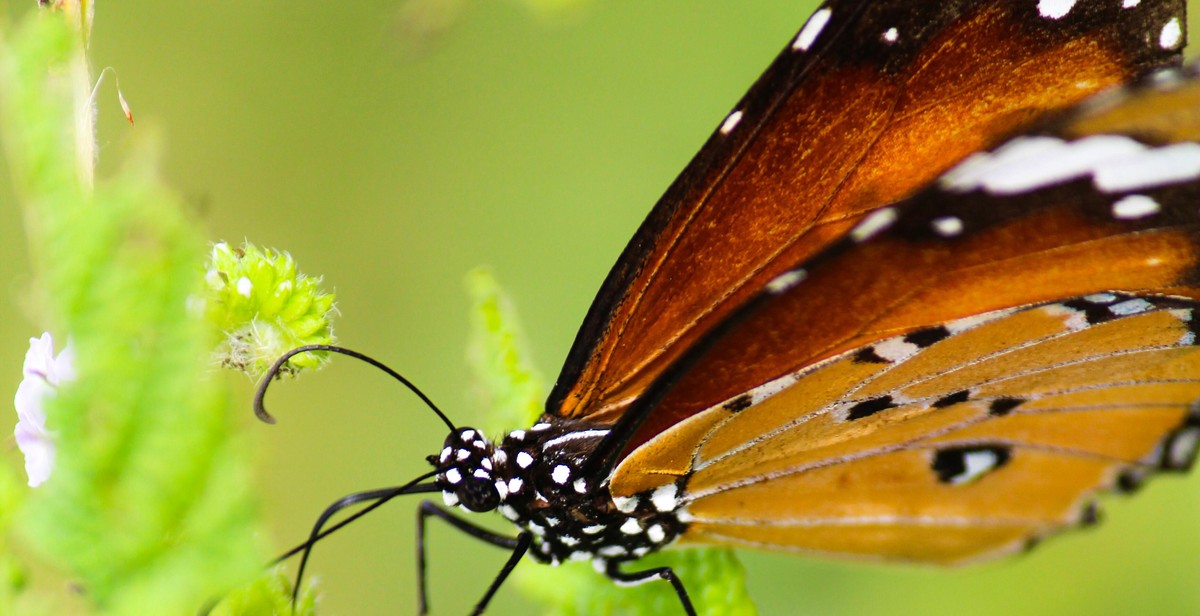
Step 1: Choosing the Right Terrarium
Setting up a bioactive insect terrarium starts with choosing the right habitat for your pets. Here are some factors to consider when selecting a terrarium:
Size and Shape
The size and shape of the terrarium will depend on the number and size of insects you plan to keep. A general rule of thumb is to have at least one gallon of space per insect. If you plan to keep multiple insects, a larger terrarium is recommended. The shape of the terrarium can vary, but a rectangular shape is ideal for providing ample floor space and easy access for maintenance.
Material
The material of the terrarium is also important. Glass and plastic are popular options as they are easy to clean and provide good visibility. However, if you plan to keep insects that require high humidity levels, a glass terrarium may not be the best choice as it can trap moisture. Consider a plastic or acrylic terrarium instead.
Lid and Ventilation
The lid of the terrarium should fit securely to prevent any insects from escaping. It should also provide adequate ventilation to allow for proper air circulation and prevent the buildup of harmful gases. A mesh or screen lid is recommended for providing both security and ventilation.
| Pros | Cons |
|---|---|
| Glass | Can trap moisture |
| Plastic | May scratch easily |
| Acrylic | May scratch easily |
| Mesh/Screen | May not be secure enough |
By considering these factors, you can choose a terrarium that will provide a comfortable and safe home for your pet insects.
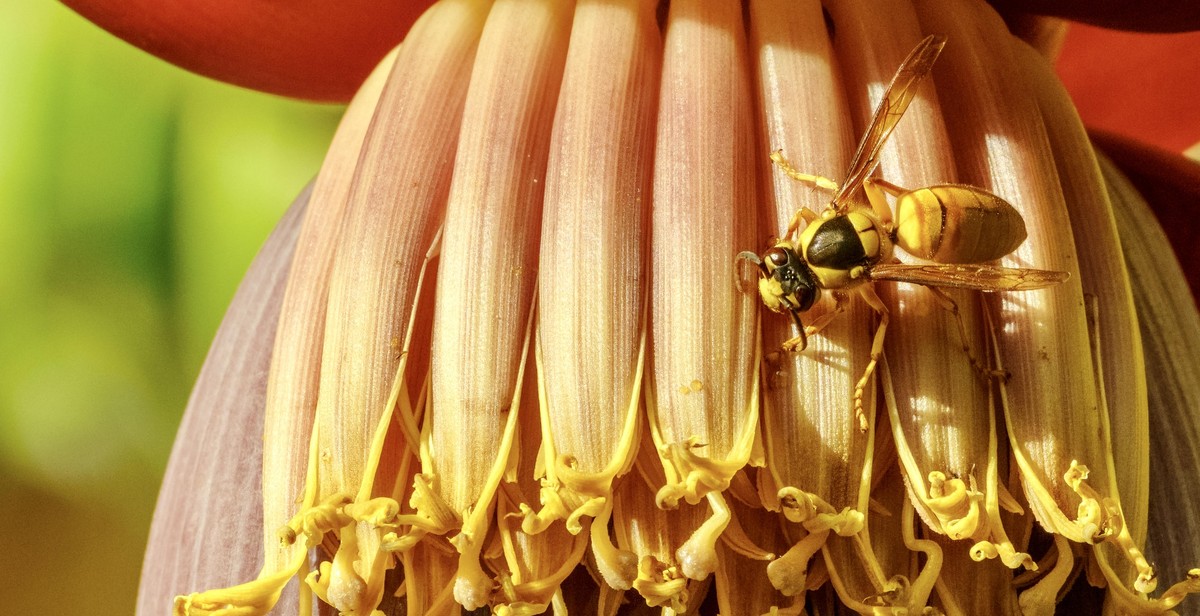
Step 2: Creating the Substrate
Creating a substrate for your bioactive insect terrarium is crucial for the health and well-being of your pet insects. The substrate serves as a base for the plants, microorganisms, and insects to thrive in. Here are the materials needed and steps to prepare the substrate:
Materials Needed:
- Coconut coir
- Organic potting soil
- Activated charcoal
- Leaf litter
- Sphagnum moss
- Springtails and isopods (optional)
Preparing the Substrate:
- Start by mixing the coconut coir and organic potting soil in a 2:1 ratio. This will create a loose and well-draining substrate.
- Add a layer of activated charcoal on top of the substrate. This will help absorb any toxins and keep the substrate fresh.
- Add a layer of leaf litter on top of the charcoal. This will provide hiding places for your insects and create a natural look to the terrarium.
- Add a layer of sphagnum moss on top of the leaf litter. This will help retain moisture and create a humid environment for your insects.
- Finally, you can add springtails and isopods to the substrate. These microorganisms will help break down waste and create a healthy ecosystem for your insects.
Make sure to mist the substrate with water to create a moist environment for your insects. The substrate should be at least 2-3 inches deep to provide enough space for the insects to burrow and hide.
| Material | Ratio |
|---|---|
| Coconut Coir | 2 |
| Organic Potting Soil | 1 |
Creating a substrate for your bioactive insect terrarium may seem daunting, but it is essential for the health and well-being of your pets. Follow these steps and use the materials listed to create a healthy and thriving ecosystem for your insects.
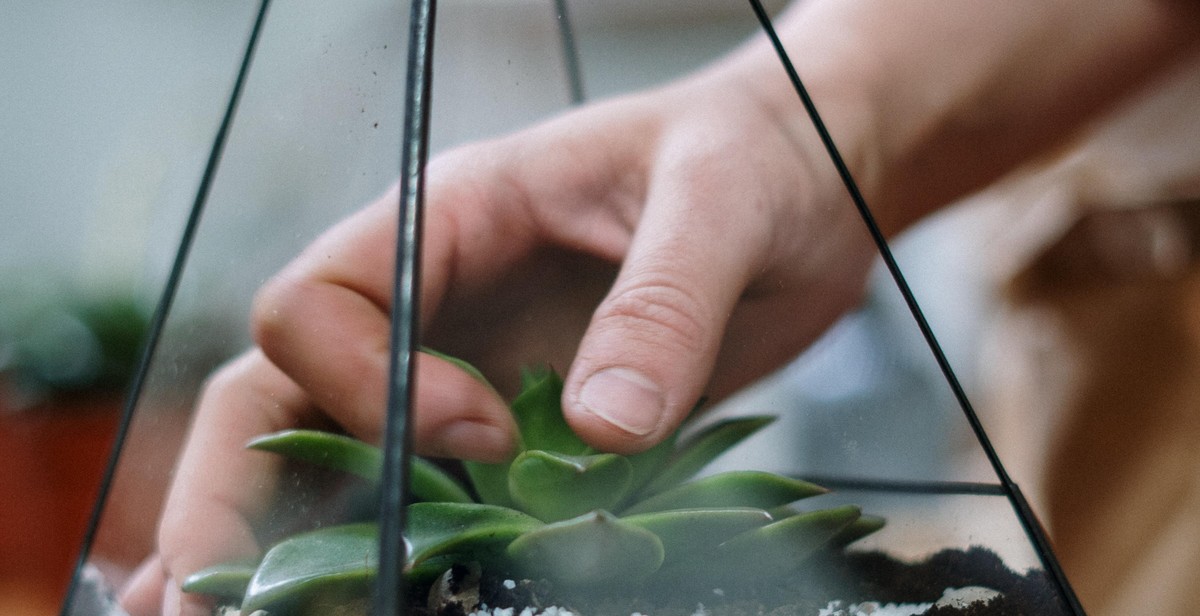
Step 3: Adding Decorations
Decorations not only add aesthetic appeal to your bioactive insect terrarium but also provide hiding places, climbing surfaces, and enrichment for your pet insects. Here are some types of decorations you can add to your terrarium:
Types of Decorations
- Plants: Live plants not only add a natural look to your terrarium but also provide hiding places, climbing surfaces, and a source of food for some insects. You can choose from a variety of plants like succulents, ferns, and mosses.
- Branches: Adding branches of different sizes and textures provides climbing surfaces and hiding places for your insects.
- Rocks: Flat rocks can be used as basking spots for insects that require heat, while larger rocks provide hiding places and climbing surfaces.
- Hides: Hides like cork bark, coconut huts, and PVC pipes provide hiding places for your insects.
- Substrate: The substrate itself can be used as decoration. You can create different layers and textures using different substrates like soil, sand, and pebbles.
Placement
When adding decorations to your bioactive insect terrarium, it is important to consider their placement. Here are some tips:
- Place climbing surfaces like branches and rocks against the sides of the terrarium to maximize space.
- Place hides in different areas of the terrarium to provide multiple hiding places for your insects.
- Place plants in areas that receive adequate light and are accessible to your insects.
- Consider the size of your insects when adding decorations. Make sure they are not too big or too small for your insects to climb on or hide in.
| Decoration | Placement |
|---|---|
| Branches | Against the sides of the terrarium |
| Rocks | Scattered throughout the terrarium |
| Hides | In different areas of the terrarium |
| Plants | In areas that receive adequate light and are accessible to your insects |
Now that you know how to add decorations to your bioactive insect terrarium, it’s time to move on to the final step – maintaining your terrarium.
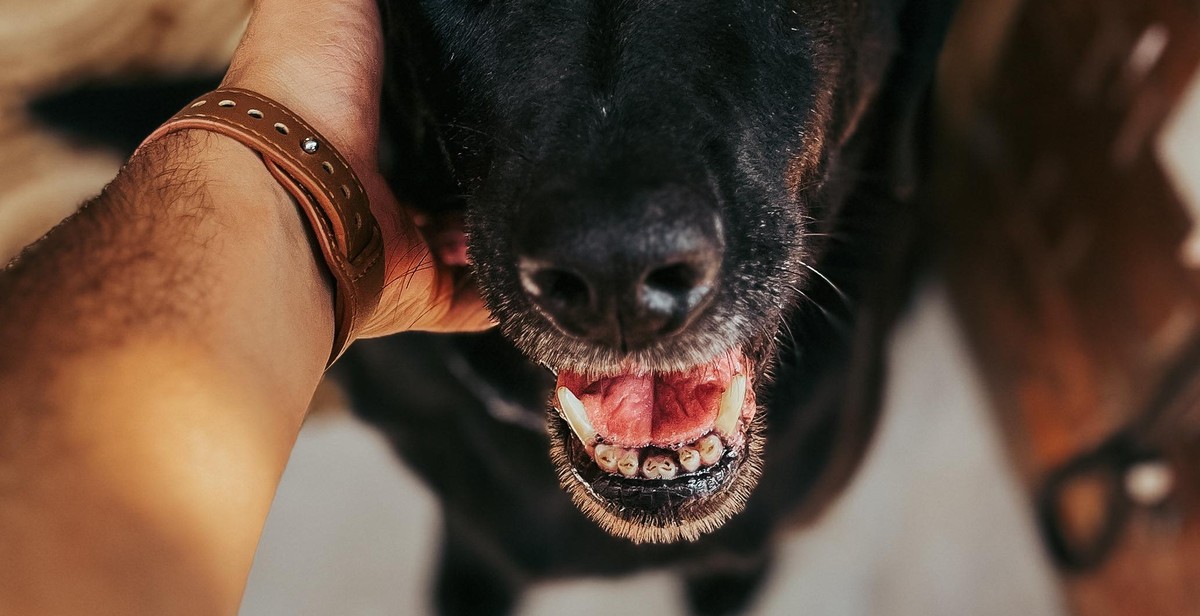
Step 4: Choosing the Right Insects
Choosing the right insects for your bioactive terrarium is crucial. You want to ensure that the insects you select are compatible with each other and with the overall environment of your terrarium. Here are some factors to consider when selecting your insects:
Researching Your Insect
Before selecting any insects, it is important to do your research. Every insect has its own unique requirements, and you need to make sure that you can provide the necessary care for your chosen species. Some insects may require specific temperatures, humidity levels, or diets. Make sure you understand the needs of your insects before bringing them into your terrarium.
Compatibility with Other Insects
When selecting multiple species of insects, you need to ensure that they are compatible with each other. Some insects may be territorial and aggressive towards others, while others may require different environmental conditions. Research the compatibility of different insect species before adding them to your terrarium.
Size and Quantity
The size and quantity of insects you choose will depend on the size of your terrarium and the needs of the insects. Overcrowding can lead to stress and aggression, so make sure you select an appropriate number of insects for the size of your terrarium. Additionally, some insects may require more space than others. Research the size requirements of your chosen insects to ensure they have enough room to thrive.
| Recommended Insects for Bioactive Terrariums | Size | Compatibility |
|---|---|---|
| Millipedes | 2-4 inches | Compatible with most insects |
| Beetles | Varies | May be aggressive towards other insects |
| Roaches | Varies | Can be aggressive towards other insects |
| Springtails | 0.5-2mm | Compatible with most insects |
Overall, selecting the right insects for your bioactive terrarium requires careful consideration. Make sure you research the needs and compatibility of your chosen species before adding them to your terrarium.
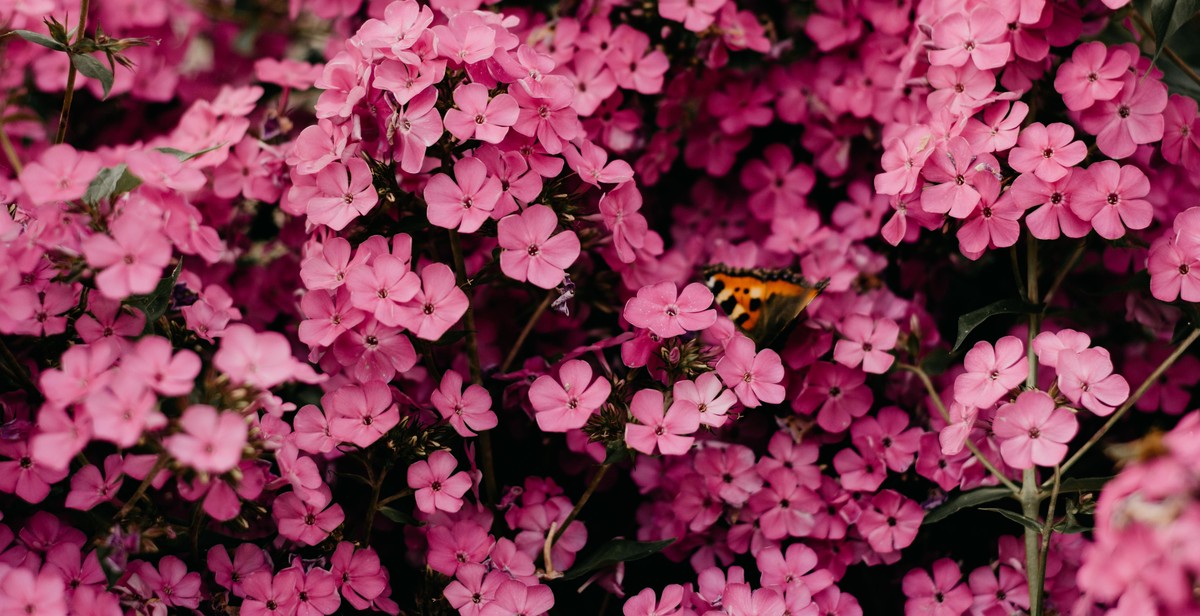
Step 5: Feeding and Maintaining the Terrarium
Feeding and maintaining your bioactive insect terrarium is crucial for the health and well-being of your pet insects. Here are some tips to keep in mind:
Feeding Your Insects
When it comes to feeding your insects, it’s important to research the specific dietary needs of the species you have in your terrarium. Some insects, like crickets and mealworms, can be fed commercial insect food. Others, like roaches and beetles, may require a more varied diet that includes fruits, vegetables, and even protein sources like cat food or fish flakes.
It’s also important to provide your insects with a source of water. You can use a shallow dish filled with water or a damp sponge. Just make sure to change the water regularly to prevent bacterial growth.
Cleaning the Terrarium
Regularly cleaning your terrarium is important to prevent the build-up of waste and bacteria. Remove any uneaten food, shed skin, or dead insects from the terrarium as soon as possible. You can also spot-clean any areas that appear dirty with a damp cloth or paper towel.
Every few months, you should also do a deep clean of the entire terrarium. Remove all of the substrate, decorations, and plants, and clean them thoroughly with soap and water. Rinse everything well and allow it to dry completely before adding it back to the terrarium.
Maintaining Temperature and Humidity
Most insects thrive in a warm and humid environment. Make sure to monitor the temperature and humidity levels in your terrarium regularly and make adjustments as needed. You can use a thermometer and hygrometer to measure these levels.
If the temperature is too low, you can add a heat mat or lamp to the terrarium. If the humidity is too low, you can mist the terrarium with water or add a humidifier.
By following these tips for feeding and maintaining your bioactive insect terrarium, you can create a healthy and thriving habitat for your pet insects.
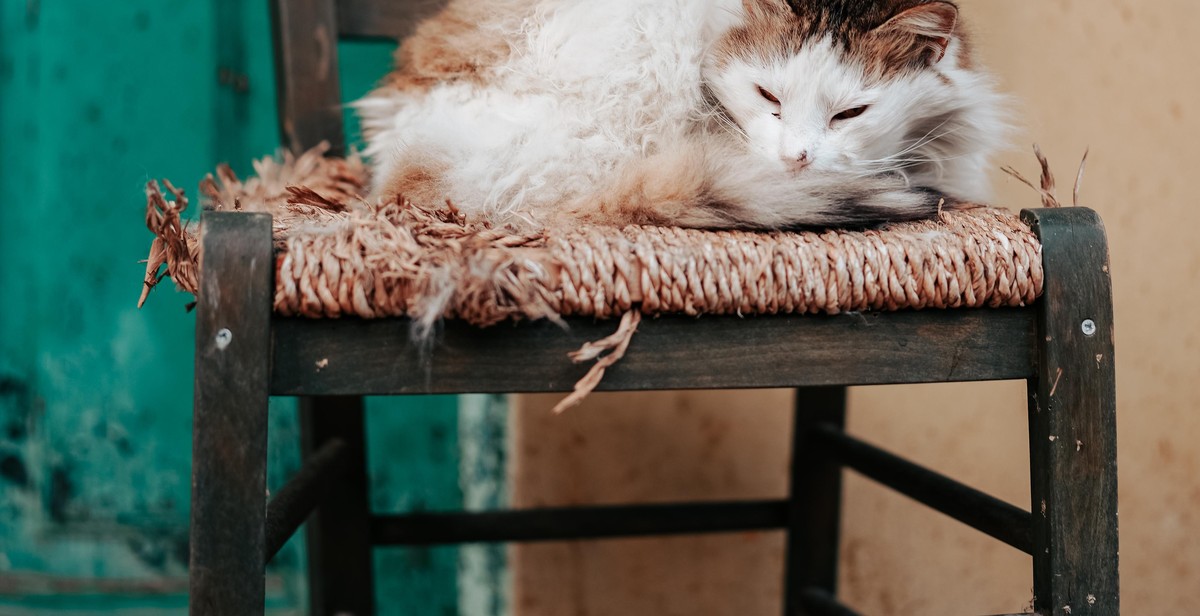
Conclusion
Setting up a bioactive insect terrarium can be a rewarding experience for both the insects and their keepers. By creating a habitat that mimics their natural environment, pet insects can thrive and live a healthy life. The key to success is to research the specific needs of the insect species you plan to keep and provide them with a suitable environment.
When setting up a bioactive insect terrarium, it is important to consider the substrate, plants, and other materials that will create a naturalistic environment. A variety of insects can be kept in these terrariums, including roaches, beetles, and millipedes.
One of the benefits of a bioactive terrarium is that it can reduce the amount of maintenance required compared to traditional setups. The insects and other organisms in the terrarium work together to create a self-sustaining ecosystem. However, it is still important to monitor the terrarium regularly and make adjustments as needed.
Overall, setting up a bioactive insect terrarium can be a fun and educational experience. It allows for a deeper understanding of the natural world and can provide a unique perspective on the lives of insects. With the right setup and care, pet insects can live happy and healthy lives in a bioactive terrarium.
| Pros | Cons |
|---|---|
| Creates a naturalistic environment | May require more research and planning |
| Can reduce maintenance | May not be suitable for all insect species |
| Allows for a deeper understanding of the natural world | Requires regular monitoring and adjustments |
